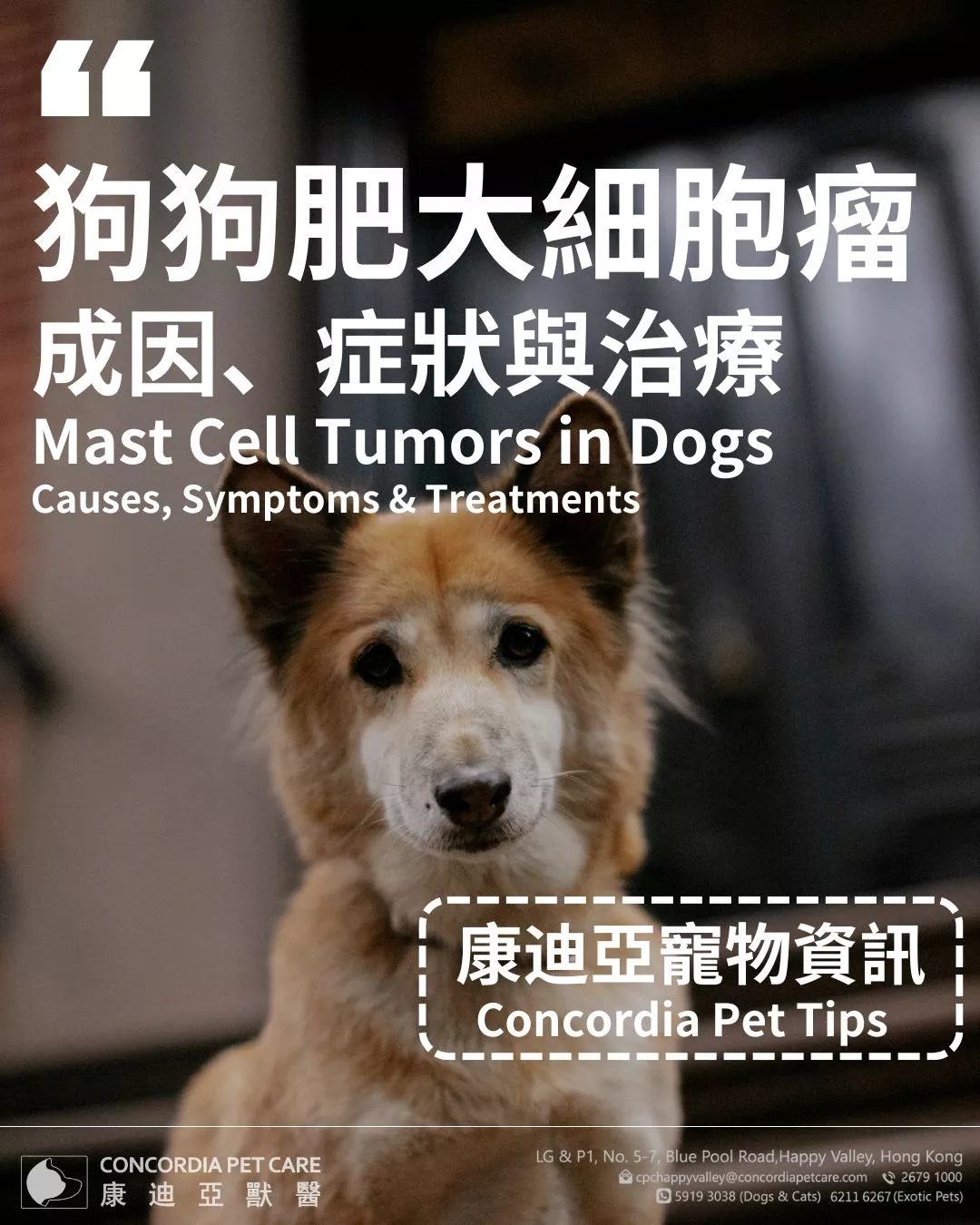
What Is Cat Ringworm? Causes, Early Symptoms, and Treatment Methods|Concordia Pet Care
 Concordia Pet Care
Concordia Pet Care
 2025-02-07
2025-02-07


What Is Cat Ringworm? From Causes to Early Symptoms and Treatment Methods
For cat parents, especially those who have more than one cat, cat ringworm can be one of the biggest challenges. This is because cat ringworm is a highly contagious and difficult-to-cure disease. This article will break down the common symptoms of cat ringworm, the reasons behind it, and the treatment methods. It aims to help cat owners better understand this common skin disease.
What Is Cat Ringworm?
Cat ringworm is a skin disease caused by fungal infection in cats. Its scientific name is "feline dermatophytosis," and it is also commonly referred to as "ringworm." The fungus infects a cat's skin, fur, and claws, causing various uncomfortable symptoms. Since cat ringworm is highly contagious, it can easily spread among cats living in the same household. It can even be transmitted to humans through contact with infected cats. Therefore, if symptoms of cat ringworm are observed, timely treatment is necessary to prevent the disease from spreading to other cats or humans.
What Causes Cat Ringworm?
The main cause of cat ringworm is exposure to fungal spores on objects or animals, leading to infection. For example, during interactions between cats, one cat may come into contact with the skin or fur of another cat carrying the fungus, thereby becoming infected. This is the direct way that ringworm spreads from one infected cat to another.
Additionally, the fungal spores can survive for a long time on items in the environment, such as bedding, brushes, toys, and other objects in the cat's living space. If the environment contains fungal spores, it becomes very easy for cats to get infected and develop ringworm. Therefore, environmental transmission is another common cause of cat ringworm.
What Are the Early Symptoms of Cat Ringworm?
After a cat becomes infected with fungus, there is an incubation period of about 7-14 days during which symptoms are not obvious. However, during this time, the fungus is already growing within the cat's skin and hair follicles. Later, the following common symptoms may appear:
· Hair Loss: Hair loss is one of the most common symptoms of cat ringworm. It usually occurs in localized areas on the face, limbs, and paws. Since the hair loss areas often appear as round, "coin-shaped" patches, cat ringworm is also commonly referred to as "ringworm."
· Skin Lesions: In the hair loss areas of infected cats, the skin may appear red, inflamed, scaly, or crusted. The fur in these areas may also become rougher in texture.
How Is Cat Ringworm Treated?
Treating cat ringworm can take weeks or even months. Therefore, if your cat is diagnosed with ringworm, patience is required to ensure proper treatment. Veterinarians typically tailor a treatment plan based on the specific condition of the cat.
If the ringworm is not very severe when detected, localized treatment is usually the first approach. This involves shaving the hair around the affected area and using antifungal cleaning solutions to clean both the visible affected areas and the surrounding healthy-looking fur and skin. After cleaning, medicated baths are usually administered. This localized treatment is typically performed twice a week. During the treatment period, veterinarians will regularly perform fungal culture tests on the cat and continue the treatment until the test results show negative for fungal growth.
If the ringworm does not improve after treatment begins, or if fungal culture tests continue to show positive results, the veterinarian may prescribe oral medications for systemic treatment to eliminate the fungus from the cat's body.
During the treatment process, cat parents should thoroughly clean and disinfect the cat's bedding, toys, food bowls, and water dispensers to remove fungal spores from the living environment. This helps prevent the cat from being reinfected during the treatment period.
Seek Professional Veterinary Advice Immediately
If your cat shows symptoms such as localized hair loss or red, inflamed skin and you suspect it has ringworm, it is recommended to take your cat to the vet as soon as possible. A professional veterinarian can diagnose and treat the condition.
Concordia Pet Care is a professional veterinary hospital located in Happy Valley, offering medical and care services for pets. We aim to help sick and injured pets recover quickly and regain their vitality. Contact us now to book a consultation with our general veterinary services!



